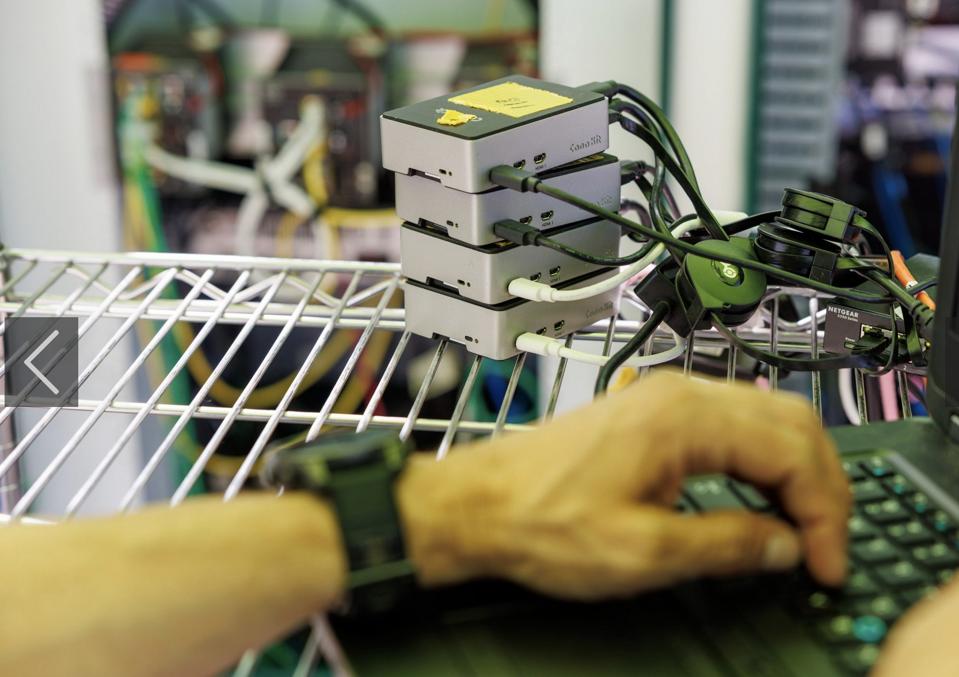Government researchers are seeking to commercialize a unique use of AI to detect cyber attacks and physical problems with the electrical grid.
The technology is called griDNA and was developed by Sandia National Laboratories to collect and analyze data at the same time for early detection of electricity system problems.
“As more disturbances occur, whether from extreme weather or from cyberattacks, the most important thing is that operators maintain the function and reliability of the grid. Our technology will allow the operators to detect any issues faster so that they can mitigate them faster with AI,” Shamina Hossain-McKenzie, a cybersecurity expert and project leader at Sandia Labs, explained in an announcement about the technology.
The U.S. Department of Energy is working to harness the work of its government national laboratories to develop cybersecurity technologies to transfer and/or share with the private sector to increase resilience in the national electric grid.
“With 90% of the nation’s power infrastructure privately held, grid operators and utilities are responsible for protecting their systems from risk. The federal government and its national laboratories complement these efforts as part of their mission to protect national and economic security,” notes Pacific Northwest National Laboratory, which also is developing cyber technologies.
Sandia Labs, part of the DOE, has filed a patent out on griDNA and is testing it now for future commercialization, while seeing corporate partners “to deploy and hone the technology in the real world.”
Benefits to private industry include low-cost, flexibility. The technology can also be used the such industries as:
- Electric utility
- Natural gas systems
- Telecommunications
- Transportation
- Water supply
The technology is a neural-network AI that can operate on inexpensive single-board computers or existing smart grid devices.
“Unlike existing monitoring systems that operate independently, griDNA uniquely fuses cyber-physical data to deliver a unified perspective on system health. Its AI/Machine Learning capabilities adapt to changing conditions, allowing for real-time classification of events and automatic connections between operators and defenders. This innovative approach not only enhances cybersecurity but also optimizes operational processes,” a factsheet notes.

